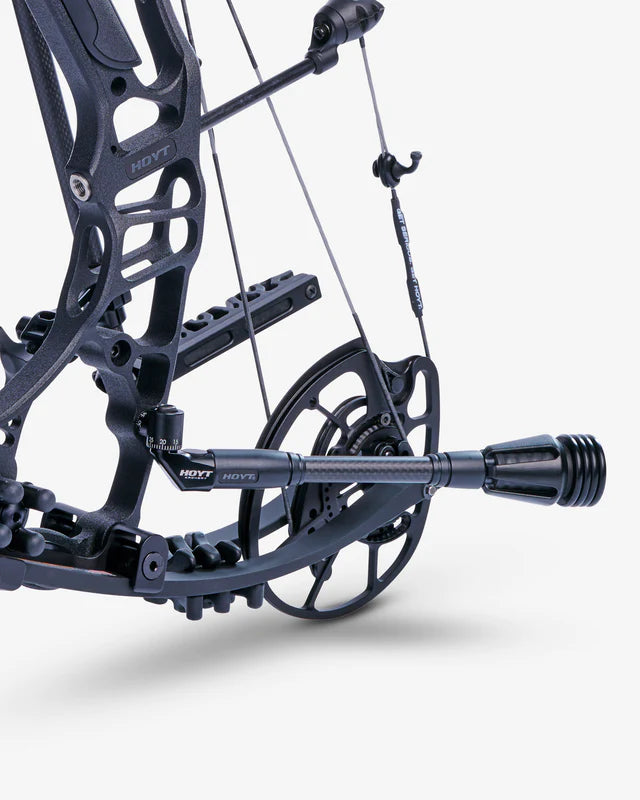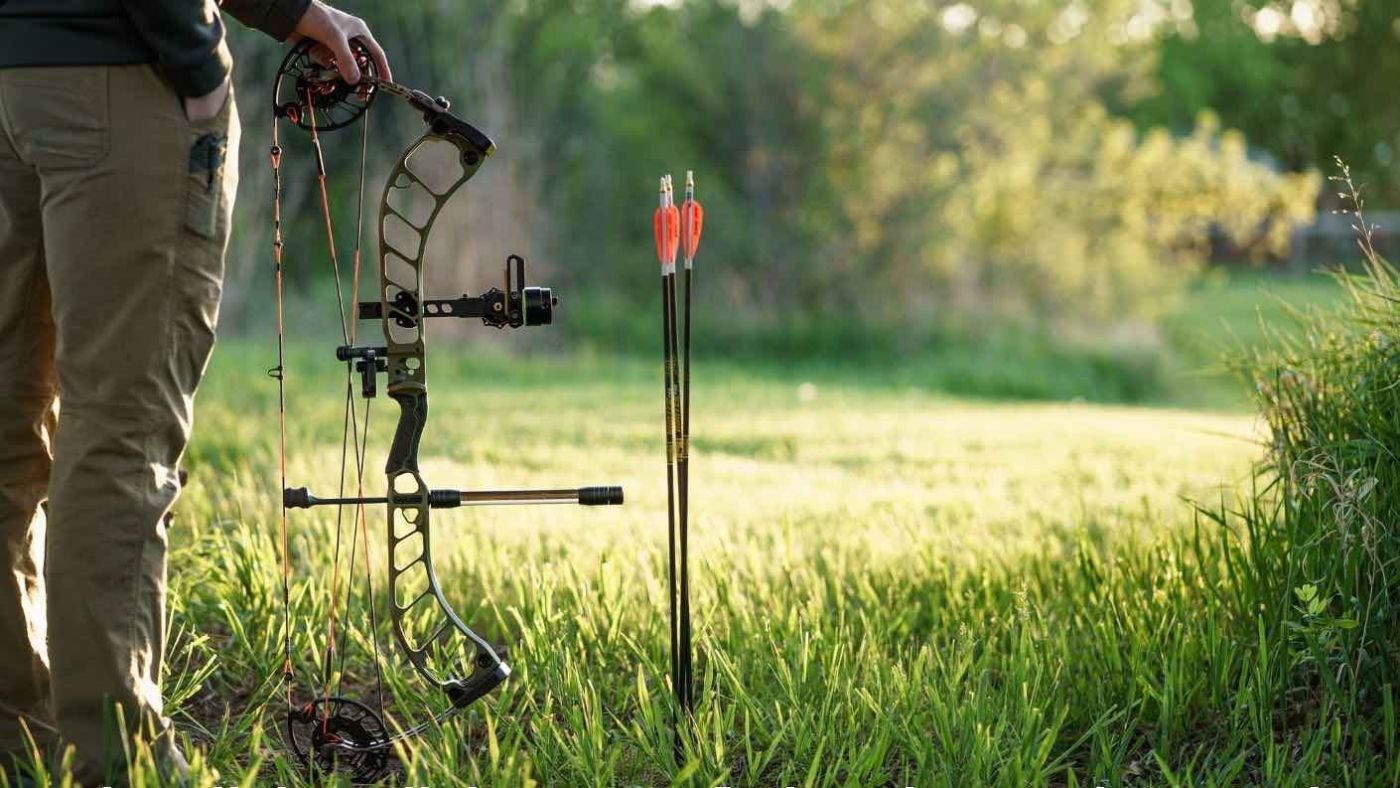Remain Steady: Checking Out the Advantages of Compound Bow Stabilizers
Remain Steady: Checking Out the Advantages of Compound Bow Stabilizers
Blog Article
Maximizing Your Archery Performance With the Right Substance Bow Stabilizer: a Thorough Introduction
In the world of archery, accuracy and uniformity are extremely important to achieving optimum efficiency. One crucial yet often-overlooked element in enhancing accuracy is the compound bow stabilizer. This unassuming tool plays a substantial function in steadying your goal, lowering bow torque, and taking in vibrations. The efficiency of a stabilizer hinges on various variables, consisting of style, placement, and weight. By understanding the nuances of choose and maximizing a compound bow stabilizer, archers can adjust their equipment to elevate their capturing experience to new degrees of efficiency and control.
Significance of Bow Stabilizers in Archery

Furthermore, bow stabilizers assist in stabilizing the weight circulation of the bow, which can enhance the archer's security while shooting and intending. By adding weight to the front of the bow, stabilizers can reduce the amount of torque experienced upon release, causing a smoother and much more regulated shot - compound bow stabilizer. This weight distribution additionally assists in holding the bow steady for a longer period, permitting the archer to aim extra accurately
Kinds of Substance Bow Stabilizers
When considering the various types of substance bow stabilizers readily available, it is important to comprehend their unique attributes and features to figure out the most appropriate choice for maximizing archery efficiency. The most typical types of compound bow stabilizers consist of sidebar stabilizers, front stabilizers, and back stabilizers. Back stabilizers, also called rear stabilizers, are mounted to the back of the bow and aid in counteracting the weight of other accessories, resulting in improved security and consistent aiming.
Elements to Think About When Selecting
In reviewing substance bow stabilizers, understanding the distinctive features and features of each type is crucial for making an informed decision on one of the most suitable alternative to enhance archery efficiency. When picking a stabilizer, one should take into consideration the weight of the stabilizer itself. While a larger stabilizer can supply more stability by reducing the bow's motion, it might additionally trigger exhaustion during lengthy shooting sessions. Equilibrium is one more critical aspect to ponder. The stabilizer's length and layout dramatically impact the bow's equilibrium, influencing the shooter's ability to hold consistent aim. Furthermore, the material of the stabilizer can influence its efficiency. Carbon fiber stabilizers are light-weight and absorb vibrations well, improving precision. The number and adjustability of dampeners on the stabilizer can adjust its efficiency by minimizing noise and shock upon launch. Our site By carefully examining these variables, archers can choose a compound bow stabilizer that lines up with their shooting design and optimizes their overall efficiency on the archery array.
Installation and Change Tips
For optimal performance and accuracy in archery, understanding the installation and adjustment of your bow stabilizer is necessary. Proper installation starts with connecting the stabilizer to the bow's riser, guaranteeing it is securely protected. Many stabilizers come with mounting hardware for easy installment, yet it's critical to comply with the producer's standards for the particular model you have. As soon as affixed, changing the stabilizer includes finding the right equilibrium between weight distribution and length. Experiment with various combinations until you accomplish the desired feel and security.
When readjusting the stabilizer, start with small step-by-step changes instead than radical adjustments. Pay interest to just how the bow responds to modifications in stabilizer setups and make adjustments appropriately. Consistently check the stabilizer's tightness and total problem to ensure it continues to operate efficiently.
Maintenance and Treatment Guidelines

It is additionally vital to keep your bow with the stabilizer in a safe and secure and secure area when not in usage. Avoid leaving it in extreme temperatures or you could try here revealed to route sunshine for extensive durations, as this can create damage to the stabilizer. Regularly check the stabilizer's alignment to ensure it is still properly positioned on your bow. Adhering to these upkeep and treatment guidelines will help you obtain one of the most out of your bow stabilizer and improve your overall archery efficiency.
Final Thought
Finally, selecting the ideal compound bow stabilizer is critical for taking full advantage of archery performance. Comprehending the value, types, variables to think about, installation and modification ideas, as well as upkeep and care standards can considerably impact one's precision and consistency in capturing. By choosing a stabilizer that suits private needs and choices, archers can boost their total efficiency and attain much better results on the array or in competitors.
Bow stabilizers play a critical duty in boosting an archer's precision and uniformity by decreasing resonances and stabilizing the bow throughout the release of an arrowhead - compound bow stabilizer.In addition, bow stabilizers assist in stabilizing the weight distribution of the bow, which can enhance the archer's security while aiming and firing. The most common kinds of substance bow stabilizers include sidebar stabilizers, front stabilizers, and back stabilizers. Back stabilizers, also called back stabilizers, are mounted to the back of the bow and help in counteracting the weight of other accessories, resulting in enhanced security and constant aiming. When selecting a stabilizer, one have to consider the weight of the stabilizer itself
Report this page